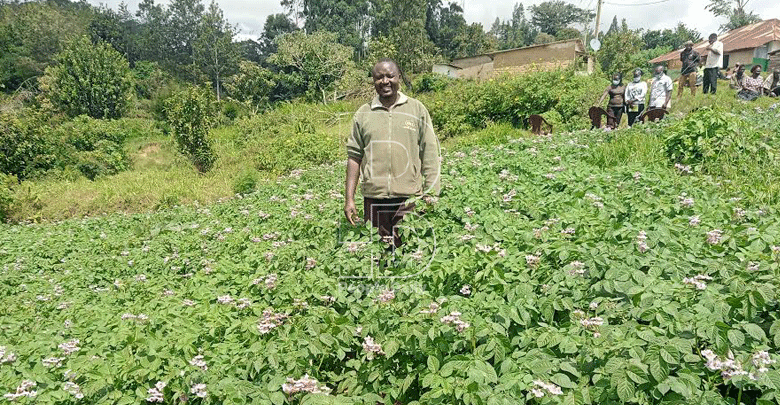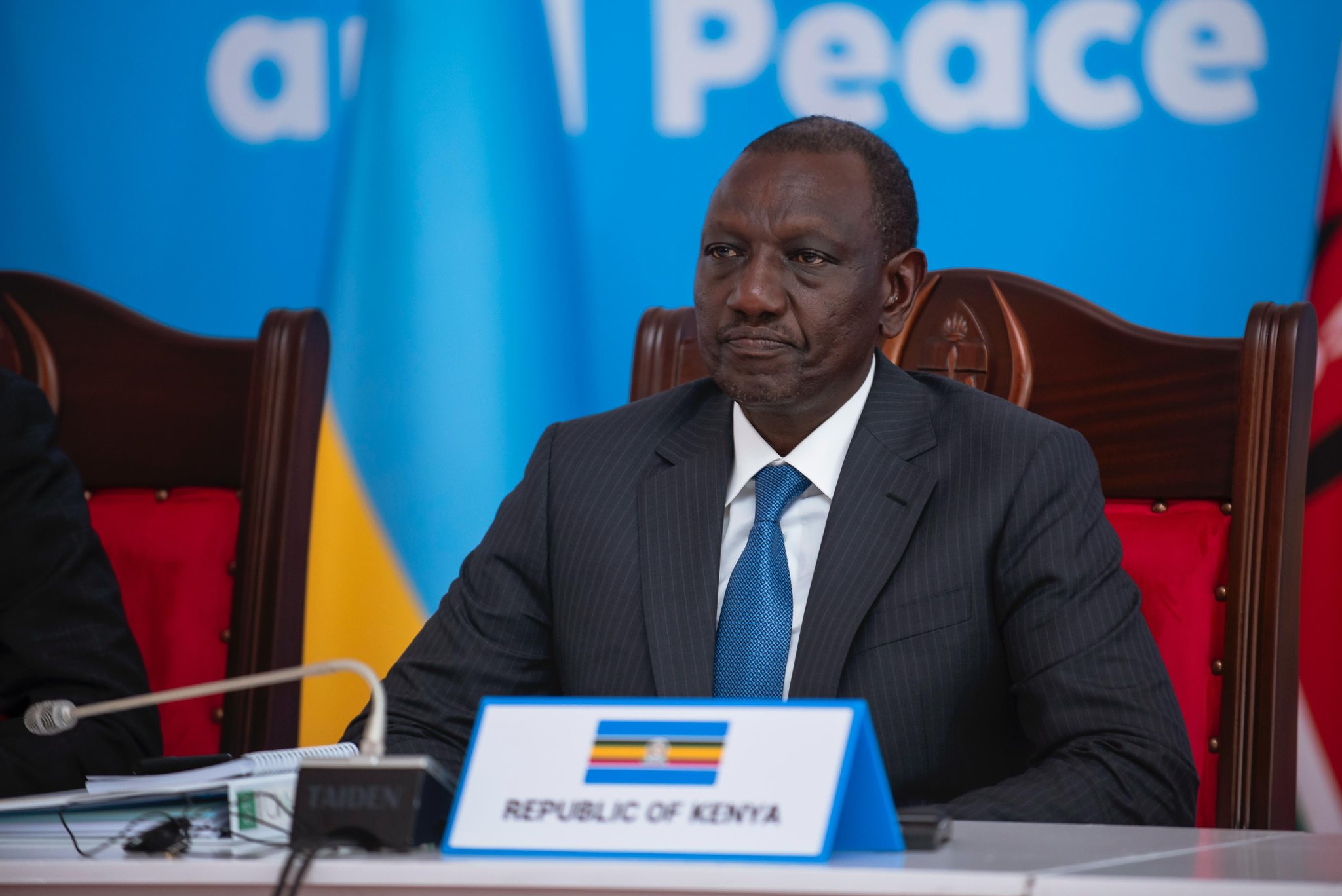Farm to bank: Using Irish potatoes to fight poverty

For years, farmers in Taita Taveta County have been grappling with low food production and grinding poverty due to dependency on traditional planting materials and poor application of good agricultural practices.
The peasant farmers have toiled without much success as they have to source for food from other markets every season, thus incurring huge food bills, which is equally hard to maintain due to their depressed purchasing power.
But, the agriculture pattern is changing as the county is slowly joining other counties, such as Nyandarua, Nakuru, Narok and Meru where farmers’ practice commercial potato farming, thanks to the introduction of a programme by a group of development partners under the leadership of the United States government.
Increased incomes
The US Feed the Future Kenya Accelerated Value Chain Development (AVCD) programme, spearheaded by the International Livestock Research Institute (ILRI) has helped farmers transition to commercial potato farming, increasing both the farmers’ income and the acreage under the crop in less than three years since the programme was started.
“Farmers are growing Sherekea, Unica, Dutch, Shangi, Nyota and Wanjiku varieties, which mature early and are in high demand.
But high cost of production in French beans farming and flooding of the market is encouraging the smallholder planters to switch to commercial potato farming,” Taita Taveta county government potato coordinator Anthony Kariku says.
“Through the support of donors and county government, the growers have contributed to enhancement of the region’s profile and thus attracting new investors, especially those interested in the value addition business,” he states.
Reuben Kamau, an officer with the programme based in the county explains that the project started in 2019 after a baseline survey that revealed only 500 farmers were producing potatoes.

The programme has four components — drought tolerant crops, staples value chains, dairy and livestock value chain.
The potatoes value chain subcomponent under the staple value chains is being implemented in Bungoma and Taita Taveta counties to include establishment of farmers’ producer organisations in the start-up activities.
This subcomponent targets to reach an additional 8,000 beneficiaries during this phase.
“Today farmers producing potatoes have increased to over 3,800 growers. Initially out of the nine wards in the county only three had embraced potato farming then.
Nevertheless, following training on good agricultural practices, all the nine wards are now growing high yielding potatoes.
This has contributed to a strong financial base of the farmers in addition to increase in interest by youth and women in farming,” said Kamau.
Kariku confirms the county developed a three-year strategy (2019-2021) to help in promotion of potato farming, and since 2019, area under potato farming has increased from about 124 acres to about 530 acres.
Angelika Mwaruruma, a farmer in the county says for a long time, growers in her Chawia sub-county have only been practicing subsistence farming.
“We have benefited from training on good agricultural practices enabling us to diversify into other crops, access certified seeds and manage to form producer groups.
Some of us are growing potatoes for sale while other groups have been certified by Kenya Plant Health Inspectorate Service (KEPHIS) to produce certified seeds,” Mwaruruma adds.
Producer organisations
In conjunction with the county government and other value chains, farmers in the county last year formed an umbrella organisation – Taita Taveta Potato Producers’ Organisation (TTPPO), which brings together over 50 producer groups and its main focus is to link the farmers with vendors within and outside the county.
The apex body manager Peter Mwamburi representing Wundanyi area explains that the organisation was formed in 2020 and so far, it has 56 producer organisations drawn from the various wards with 800 individual members out of which, 30 per cent are youths.
“Last year, we produced 3,000 kilogrammes of potatoes and the organisation was able to link the producers to three vendors.
We have continued to recruit more farmers and managed to induct the farmers on various issues as well as linking them to the local markets,” said Mwamburi.
Anastasia Nyambu, another farmer, is in a group licensed by Kephis to produce certified seeds for use in the county and other regions.
A member of Mreshinyi producers group, a group that produces certified potato seeds in Wundanyi area, she says life has changed since 2019 when they were introduced into the AVCD programme.
“For many years, we have been farming maize, French beans and other cereals, but returns have not been forthcoming, but life started changing when the county government in conjunction with AVCD promoters introduced us into a project that has created huge opportunities mainly generating more income and food,” she said.
The growers say formation of producer groups to formation of an apex organisation has shielded them against exploitation by cartels and middlemen.
“We are happy today as we are almost food secure and our income base has improved, thanks to the introduction of the programme that seeks to save us from the jaws of hunger among other challenges.
Under the programme we have benefited from early maturing and drought tolerant crops. For example, a kilogramme of raw potatoes costs between Sh50 and Sh60.
We are enjoying surplus food in our families as well as able to serve the local markets and thus able to meet our financial obligations,” says Nahason Mwadime of Kuzoya producer group.
The commercial potato farming, he says, has opened new paths for new investors, especially financial institutions encouraged by the formation of the producer groups and thus rushing to tap the new customers.















